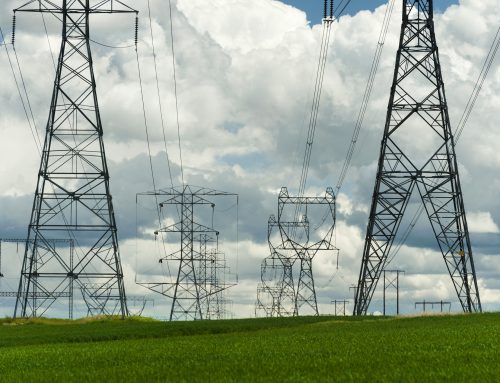Calculating Pipe Load: A Comprehensive Approach
By Joe Pikas

When designing or evaluating pipeline systems, understanding and accurately calculating pipe loads is essential to ensure safety, maintain structural integrity, and comply with regulatory standards. From wheel load analysis to crossing design, calculating pipe load involves a variety of factors and tools to safeguard pipelines against the stresses they encounter daily. Here’s a look at a comprehensive approach to pipe load calculations, essential for modern pipeline engineering.
1. Understanding Pipe Load Basics
Pipe load calculations are critical for determining a pipeline’s capacity to withstand external pressures and forces without compromising its structural integrity. This process involves assessing various load types that a pipeline might encounter, including soil loads, live loads from vehicle crossings, and other environmental pressures. Key to these calculations is the Pipeline Toolbox (PLTB), which provides over 250 calculations across design, integrity, and construction needs. Modules specific to pipeline crossings, stress analysis, and live load assessments offer standardized workflows, reducing risk and ensuring compliance with federal standards.
2. Key Considerations in Pipe Load Analysis
-
Wheel and Track Load Analysis
- A significant aspect of load analysis involves assessing the impact of vehicle loads, especially at crossings where pipelines intersect with roadways or railways. The Crossings Suite in PLTB includes API 1102 (Highway and RR), CEPA (Wheel, Track & Grid), and Batelle calculations for wheel and track loads, helping engineers determine acceptable limits for buried pipelines. This suite integrates GIS data, allowing for a visual representation of the pipeline assets and helping engineers evaluate multiple crossing scenarios effectively.
-
Environmental and Pavement Impact
- When calculating pipe loads, engineers must also consider the surrounding environment, including soil characteristics and pavement type. Different pavement types and soil compositions distribute vehicle loads differently, impacting the pressure exerted on buried pipelines. By utilizing GIS mapping, engineers can overlay environmental data with pipeline locations, providing a clearer understanding of the potential impacts on structural integrity.
3. Advanced Tools for Accurate Load Calculations
Pipeline load calculations require sophisticated tools that minimize manual data entry and integrate seamlessly with other datasets. Technical Toolboxes’ Pipeline HUB centralizes data from different pipeline applications, enabling smooth, automated data sharing across tools and teams.
For example, the Hydrotest PowerTool and RSTRENG+ tools support engineers in analyzing remaining strength and pressure integrity, further enhancing the accuracy of load assessments.
4. Scenario-Based Load Testing and Sensitivity Analysis
Pipeline design and stresses are complex; however, PLTB is complete for real-world conditions that can vary significantly. The Advanced Calculations available through the Pipeline HUB offer sensitivity analysis capabilities, which allow engineers to model different loading conditions and identify the most resilient pipeline configurations. This feature can evaluate parameters like soil resistivity, loading frequencies, and traffic patterns, allowing for optimized designs that withstand diverse conditions.
5. Practical Applications and Compliance with Standards
Compliance with industry standards is critical. The PLTB’s modules are built to align with federal and international standards like PHMSA, CSA, API, and ASME, ensuring that pipelines meet the necessary requirements for load-bearing capacity. Additionally, GIS integration across tools simplifies data visualization and regulatory reporting, giving teams confidence in their designs and compliance efforts.
Conclusion
Accurate pipe load calculations are vital to a pipeline’s longevity and reliability. By leveraging specialized tools like the Crossings Suite, Pipeline Toolbox, and Pipeline HUB, engineers can streamline these complex calculations, reduce risks, and ensure regulatory compliance. This comprehensive approach not only enhances the pipeline’s structural integrity but also supports the operational and safety goals of any pipeline project.
If you’re looking for tools to manage pipeline crossings and load calculations efficiently, consider exploring Technical Toolboxes’ Crossings Suite and Pipeline HUB for an integrated, reliable solution in pipeline engineering.
Suggested Post
Why API Inspections Still Matter More Than Ever
Why API Inspections Still Matter More Than Ever By Kesley Price In an industry [...]
How Utility Teams are Standardizing Pipeline Calcs
How Utility Teams are Standardizing Pipeline Calcs By Kesley Price Engineering teams working in [...]
GASCalc and GASWorkS are Now Part of Technical Toolboxes
GASCalc and GASWorkS are Now Part of Technical Toolboxes We are pleased to announce that Technical Toolboxes has acquired the [...]










